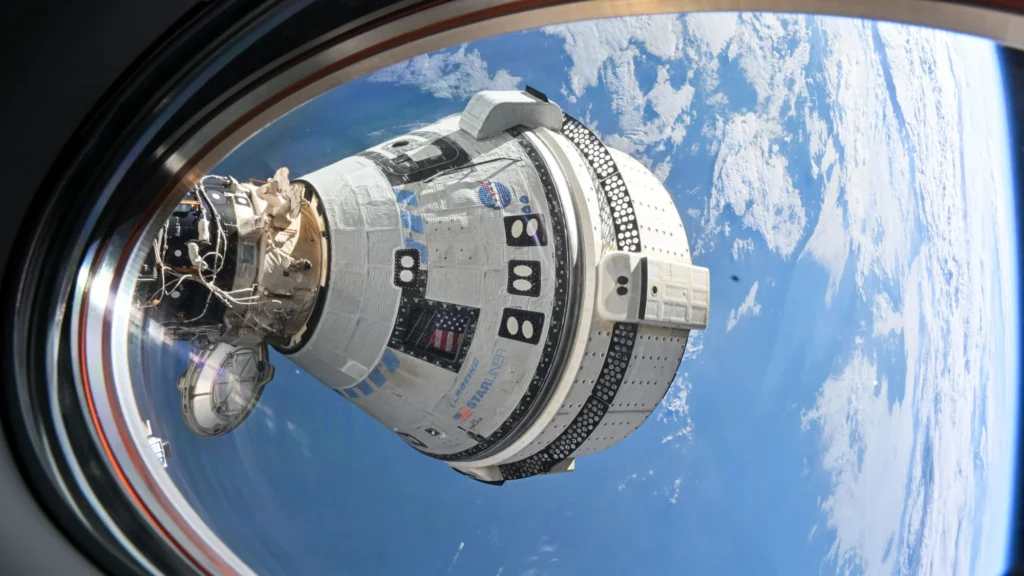In 2013, the European Space Agency (ESA) initiated the Gaia mission to chart the locations and trajectories of stars within our galaxy. However, recent space weather conditions have posed challenges for the satellite, affecting its ability to perform its tasks effectively.
ESA officials reported that “the intense solar storm, the most severe in two decades, combined with hyper-velocity space dust, has jeopardized Gaia’s capability to perform its renowned precise measurements.”
In April, a minuscule particle, smaller than a grain of sand, collided with the Gaia spacecraft at a high velocity. This tiny fragment, classified as a micrometeoroid, caused a puncture in the spacecraft’s structure. On a daily basis, countless micrometeoroids disintegrate as they enter Earth’s atmosphere.
NASA reports that micrometeoroids typically travel at speeds of about 22,000 miles per hour. While these tiny particles frequently collide with the Gaia spacecraft, the spacecraft’s robust design has enabled it to endure these impacts, leaving it largely unscathed so far.
During this encounter, the object impacted Gaia, causing damage to the spacecraft’s protective shield. This created a small opening that allowed stray sunlight to enter. As a result, Gaia’s highly sensitive sensors were occasionally disrupted.
While the engineers worked on fixing the issue, a new problem emerged. Gaia is equipped with a “billion-pixel camera” that uses 106 charged-coupled devices (CCDs) to convert light into electrical signals.
In May, the spacecraft encountered an electronics malfunction that led to the failure of one of its CCDs. This marks the first time in over a decade of Gaia’s space mission that such an issue has occurred. Each CCD plays a vital role, and the malfunctioning sensor was essential for Gaia’s ability to verify star detections.
Edmund Serpell, a Gaia operations engineer, explained, “This led to the spacecraft producing a large volume of false signals that overwhelmed our systems.”
Each day, Gaia transmits approximately 25 gigabytes of data to Earth. Without advanced software to filter out incorrect star detections, the volume of data sent would be considerably greater.

The cause of the electronics failure remains uncertain. A powerful surge of energetic particles from the sun struck the spacecraft at the time of the malfunction. This surge also produced the auroral light displays observed on Earth.
Engineers designed Gaia to withstand radiation, but they originally intended it for a maximum of six years in space. The combination of aging equipment and increased solar activity may have pushed Gaia beyond its operational limits.
In recent months, teams from Gaia at multiple ESA operations centers, in collaboration with Airbus Defense and Space—the spacecraft’s manufacturer—and the Data Processing and Analysis Consortium, have been diligently working to identify and resolve issues.
Given the significant distance of the satellite, engineers are unable to perform physical repairs. Despite this challenge, they successfully restored Gaia’s functionality. Gaia is now operational again and continues to deliver high-quality data!
New Blog : Hidden Beneath Mars’ Surface: A Secret Ocean That Could Support Life, Located Over Seven Miles Deep







